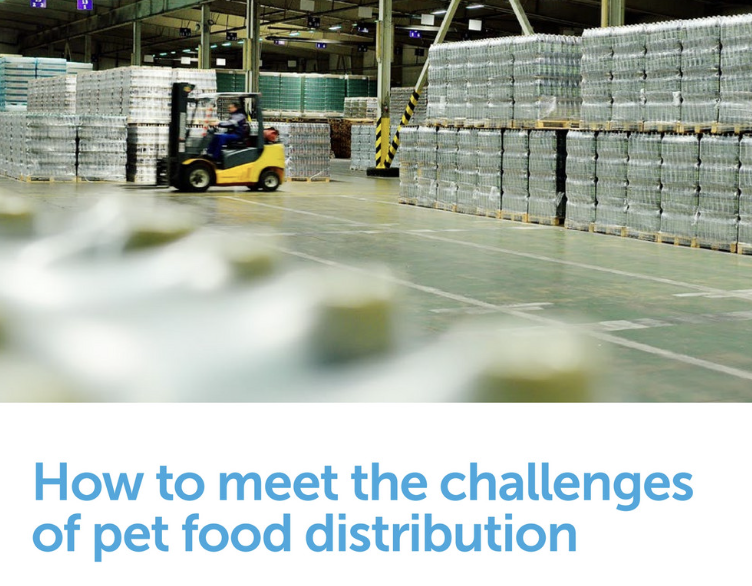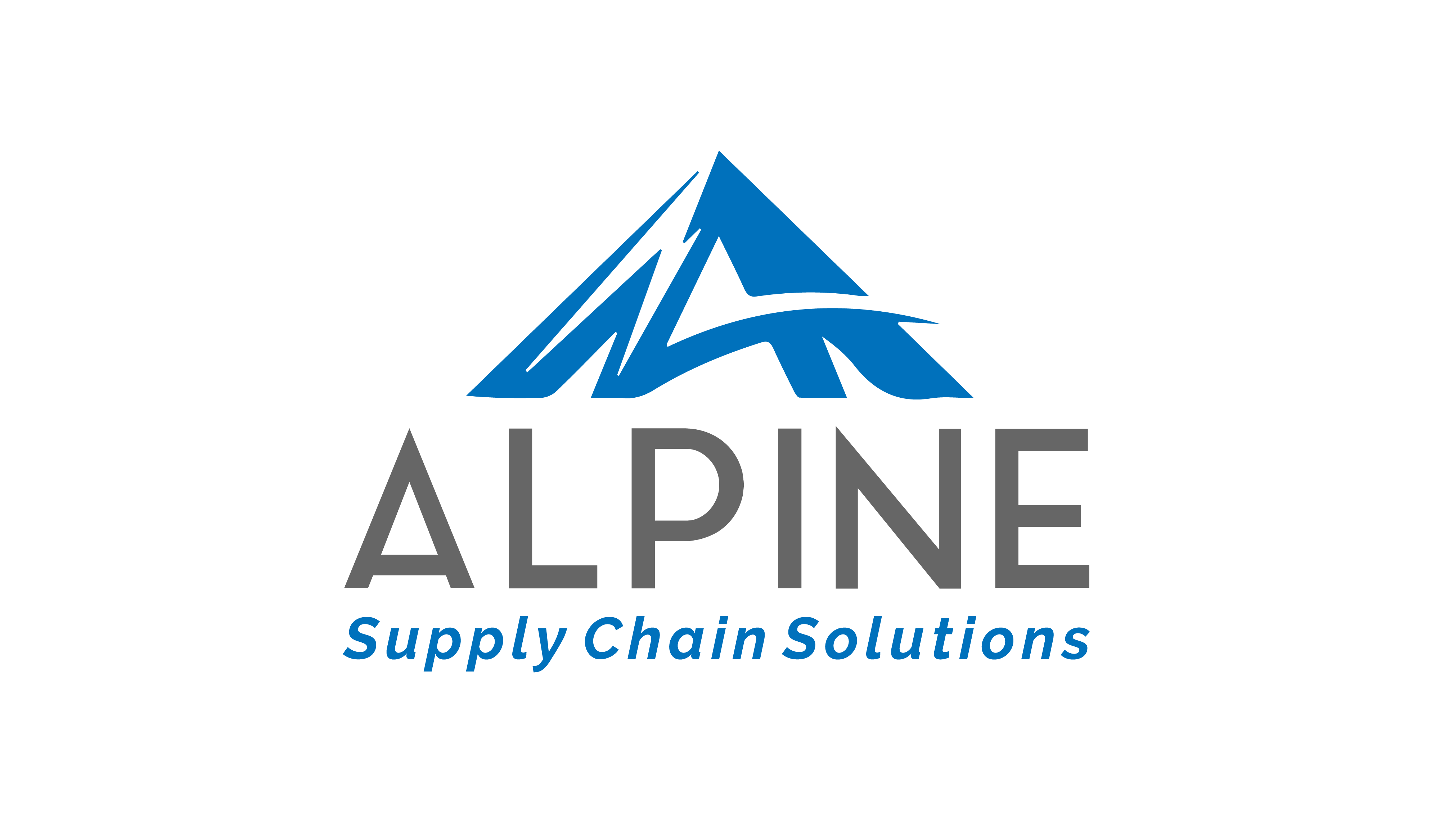
The demand for pet food is still at an all-time high, which means companies around the world must learn to plan ahead. Pet food distribution has layers of complexity to it that require strategic planning. The three main challenges in this space are order consolidation, distribution network design, and regulatory compliance. Alpine’s insight on the matter was recently published in PETS International magazine, which you can read here, or see below for a summary.
Order consolidation
Consolidation is the practice of grouping shipments going to the same destination together to improve efficiency. In the world of pet food distribution, this isn’t so simple as products can vary significantly when it comes to size, packaging, and type.
One solution is to work with consultants with experience using sophisticated slotting tools. Specific solutions have been designed to address yield-specific needs, maximizing picking productivity, minimizing forward pick replenishments, minimizing in-transit damage, and more.
Distribution network design analysis
A Distribution Network Analysis (DNA) pores over extensive customer data to identify the ideal size, location, and number of distribution centers (DCs) needed to meet order delivery cycles and customer service needs. With this information, operations can design their processes in the most effective way possible, making sure the location and number of DCs selected will provide timely delivery to customers while minimizing transportation costs.
Part of the DNA process includes insight into potential cost savings. A recent Alpine project with a range of recommendations demonstrated potential annual savings between $6 million and $24 million. Clearly, it’s a worthwhile exercise in assessing whether a network overhaul is the right option or something more modest.
Regulatory compliance
Pet food products of all kinds have different regulatory requirements and quality control standards. And when it comes to pet food recalls, reputational risk will always be a consideration for manufacturers and retailers alike. With these regulations comes the need for extra diligence to avoid legal issues. Distributors must pay close attention to evolving regulatory requirements to guarantee all products are meeting the necessary standards.
If a product recall or quality issue were to arise, prompt action is required. A Warehouse Management System (WMS) is designed to provide accurate and timely traceability information, allowing businesses to quickly identify affected products and act. For distributors handling pet food products looking for a WMS, it’s critical to ensure the WMS you select can handle recalls as you need.
For the full article, How to meet the challenges of pet food distribution, visit PETS INTERNATIONAL. If you’re looking for optimal solutions that drive maximum value to get the most out of your supply chain, Alpine Supply Chain Solutions can help. Simply reach out!

